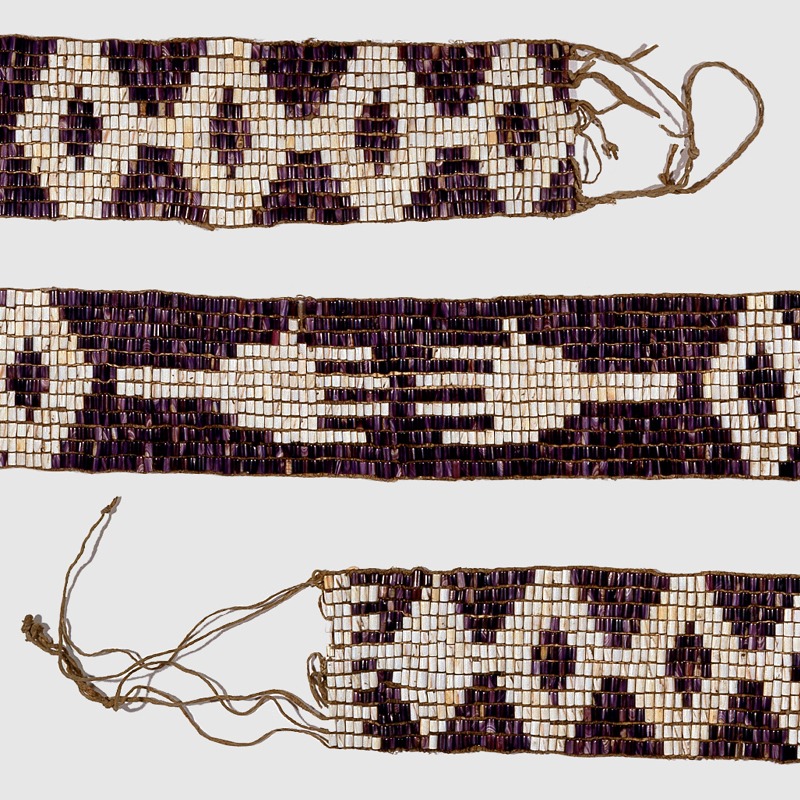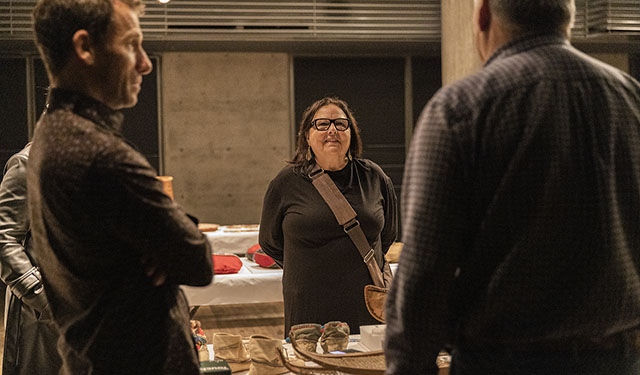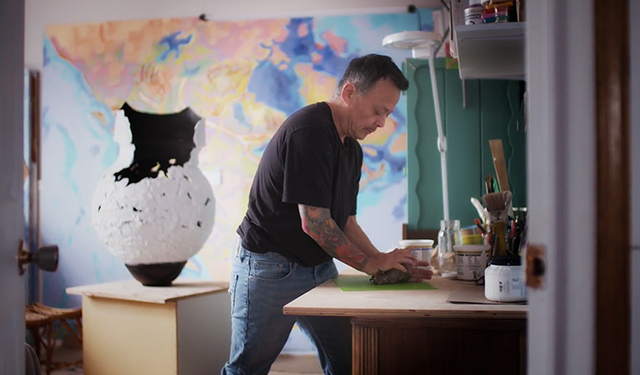Connecting with Indigenous Nations
The McCord Stewart Museum offers you a variety of content to connect with Indigenous nations: exhibitions, activities, blog articles, online collection, education kits. This page is your new destination to browse it all with a single click! The page is updated regularly so that every time you visit, your experience is a chance to (re)discover content.
The digital artwork Mother Earth’s Guiding Light, created by Leilani Shaw, Kanien’kehá:ka and Northern Paiute artist, celebrates the profound essence of Indigenous heritage and resilience. This visual tale includes several symbols present in Indigenous stories handed down for hundreds of years in Quebec, scroll down to learn more about their meaning.
The Museum acknowledges the support of the Canada Council for the Arts.
Process of indigenization
The Museum has been engaged in a process of indigenization aimed at increasing the relevance and accessibility of the Indigenous Cultures collection to Indigenous communities and ensuring that its scope reflects their concerns and contemporary perspectives.
Learn moreIndigenous Cultures collection
The Indigenous Cultures collection is composed of over 16,000 archaeological and historical objects covering nearly 12,000 years of history. Eloquent examples of the material culture of First Nations, Inuit and Métis people living primarily in Canada, these items reflect the great diversity and richness of Indigenous cultures.
Learn more© Leilani Shaw, 2023
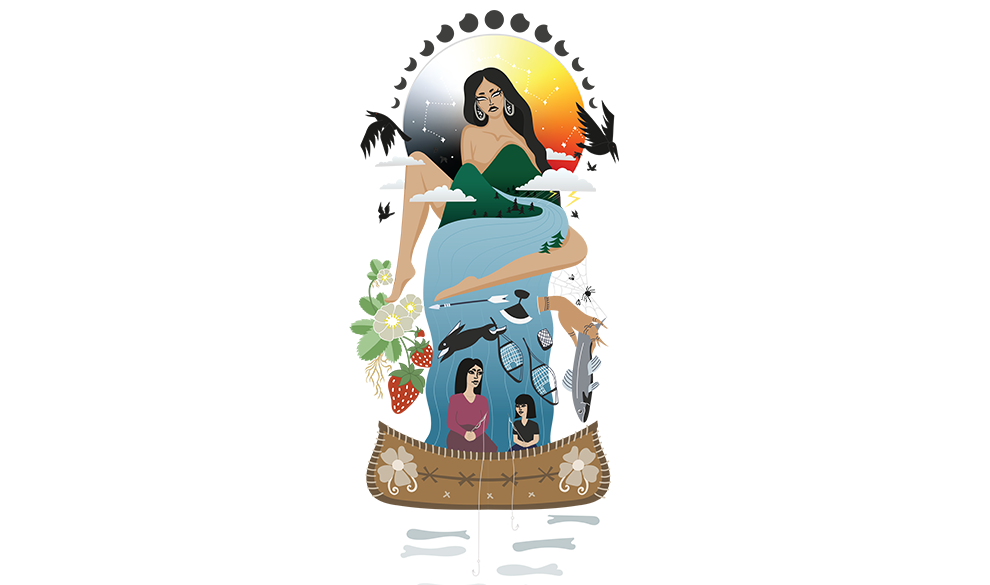
Mother Earth’s Guiding Light
Mother Earth’s Guiding Light: Indigenous Wisdom, Storytelling, and Multigenerational Knowledge is a captivating digital artwork that celebrates the profound essence of Indigenous heritage and resilience.
Against a celestial backdrop, a diverse collection of Indigenous wisdom is sprinkled throughout the art piece. This visual tale pays homage to the matrilineal lineage of women as symbols of strength and continuity, their silhouettes echoing the shapes of mountains and rivers, representing the profound connection to Mother Earth.
Vibrant hues, strong symbolism, and intricate details reflect the various meanings woven into Indigenous stories.
Mother Earth’s Guiding Light captures the spirit of Indigenous communities, their unyielding commitment to preserving ancestral wisdom and honoring rich Indigenous knowledge shared with us by the natural world throughout millennia.
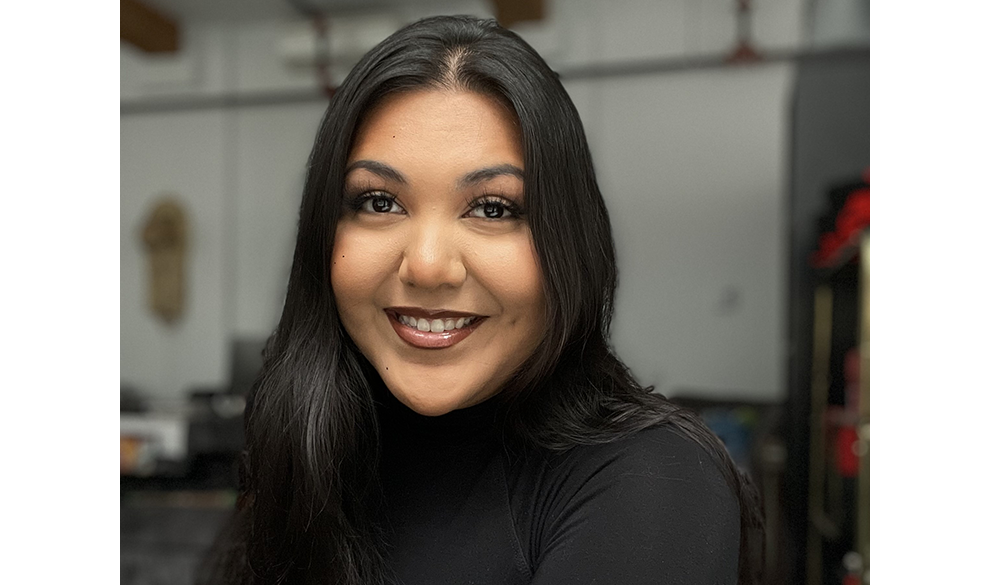
Leilani Shaw
Leilani Shaw is a Kanien’kehá:ka and Northern Paiute visual artist and a member of the Turtle Clan. She grew up on Indian Reserve No.14, also known as Kahnawà:ke Mohawk Territory.
Her visual artwork focuses on contemporary storytelling and giving new life to Indigenous legends handed down for hundreds of years.
Using aspects of surrealism, Leilani integrates teachings and meanings of traditional storytelling into her artwork to create a new and unique world for all to enjoy. Notably, Leilani focuses on subject matter that explores the relationships between us and the matriarchal lineage of women we are all connected to, spanning back millennia.
Leilani is passionate about Indigenous activism and working to make long term systemic change in Tiohtiá:ke/Montreal. She is currently working alongside Indigenous NGOs in Montreal to gather data and areas of focus, in order to advocate for community needs to government agencies.
Process of indigenization
The Museum has been engaged in a process of indigenization aimed at increasing the relevance and accessibility of the Indigenous Cultures collection to Indigenous communities and ensuring that its scope reflects their concerns and contemporary perspectives.
Learn moreIndigenous Cultures collection
The Indigenous Cultures collection is composed of over 16,000 archaeological and historical objects covering nearly 12,000 years of history. Eloquent examples of the material culture of First Nations, Inuit and Métis people living primarily in Canada, these items reflect the great diversity and richness of Indigenous cultures.
Learn moreNatu-natshishkueu: the adventure of connection
Montreal is Tiohtià:ke, which means “where the currents meet” in Kanien’kehá:ka. During your Museum visit, take your exploration booklet to set off on an adventure with your family! Through observation, imagination and discussion, children and adults encounter Indigenous nations with the exhibition Indigenous Voices of Today.
Activity presented by Hydro-Québec. Recommended for children aged 6 to 11.
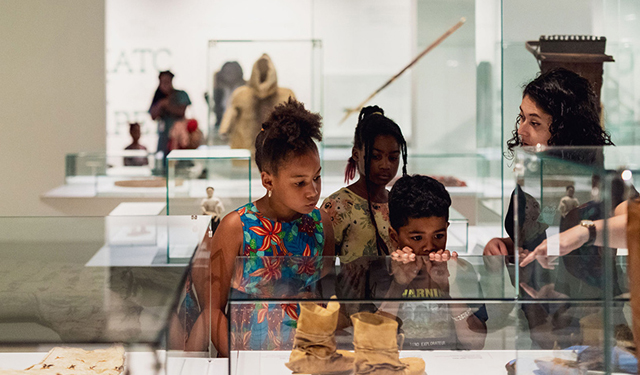
Corporative Package
In the spirit of equity, diversity and inclusion, the McCord Stewart Museum invites you to connect with Indigenous cultures along with your colleagues or business partners.
Enjoy an inspiring, engaging and educational experience with our new package designed to meet the needs of companies wishing to raise their staff’s or clientele’s awareness of the realities of Quebec’s Indigenous nations.
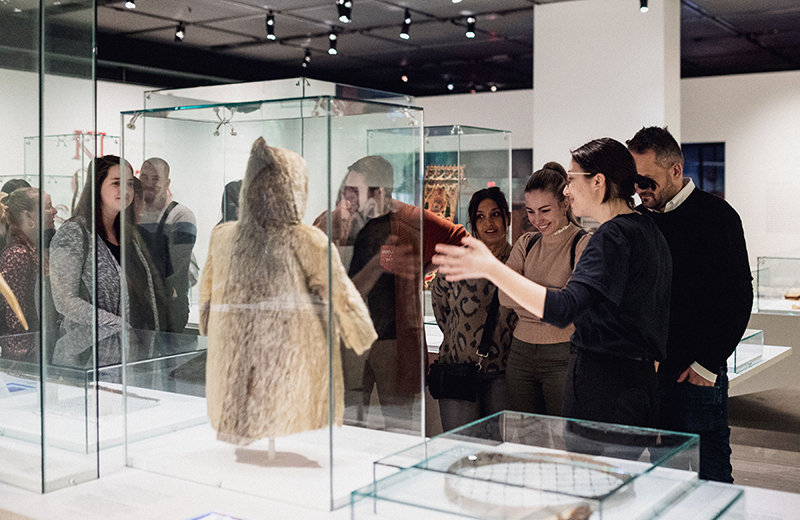
Objects tell their stories
Independant in-class workshop | Two 60-minutes sessions
Open the doors of your classroom to Indigenous voices with the Objects tell their stories digital education kit. The learning resource relies on an interactive and participative approach to support students as they explore different aspects of Indigenous societies and hear how community members view their thriving traditions, values and cultures!
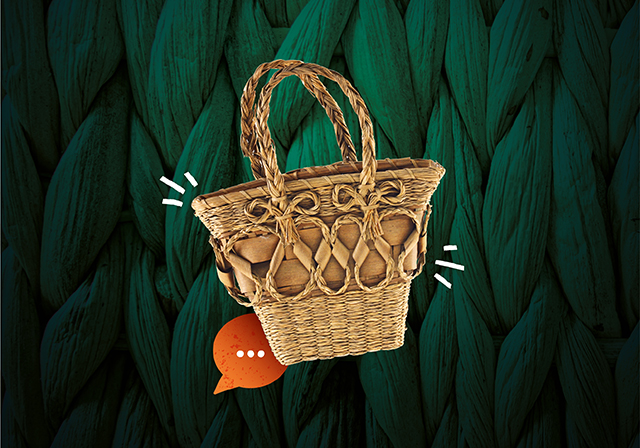
International Symposium – Around Wampum: Histories and Perspectives
Presented over two days, Nine Indigenous, Quebecois, Canadian and international experts from various fields of research and intervention, discuss the social, political and religious practices surrounding wampum in three seminars.
Capitalizing on the unprecedented interest generated by Wampum: Beads of Diplomacy, learn more on to these cultural objects.
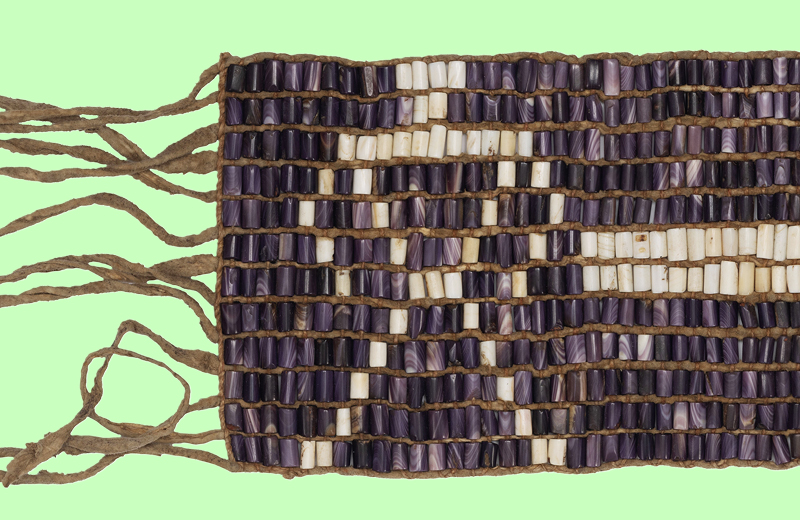
Round table: Art as a means of reappropriating indigenous cultural assets
On the occasion of the exhibition Presence of the Past, presented as part of the Contemporary Native Art Biennial (BACA), take part in a conversation with artist MC Snow, archaeologist Roland Tremblay and the Museum’s Indigenous Cultures curator, Jonathan Lainey.
This round table discussion explores artistic creation, research and preservation as ways of reappropriating Indigenous cultural assets.

Programming
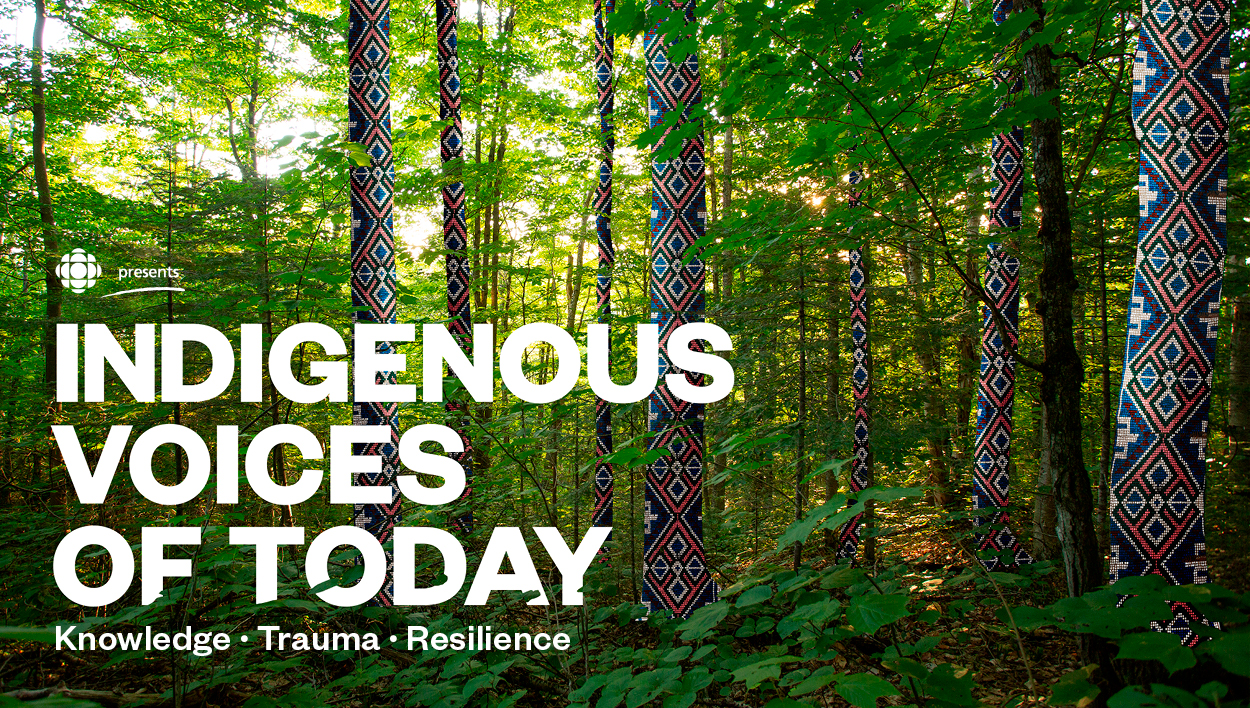
Indigenous Voices of Today: Knowledge, Trauma, Resilience
The permanent exhibition bears witness to the still unrecognized knowledge of Indigenous peoples in Quebec and Canada as well as the deep wounds they carry and their incredible resilience. About one hundred objects from the Museum’s collection are combined with more than eighty powerful inspiring stories (texts and videos) from members of the 11 Indigenous nations in Quebec, shedding light on their knowledge and philosophies.They speak out about their suffering as well as their dreams and plans for a better future to help restore their health, which has been undermined by the process of assimilation.
As part of an effort to initiate dialogue and foster understanding, the exhibition offers an opportunity for a meaningful connection.
Blog
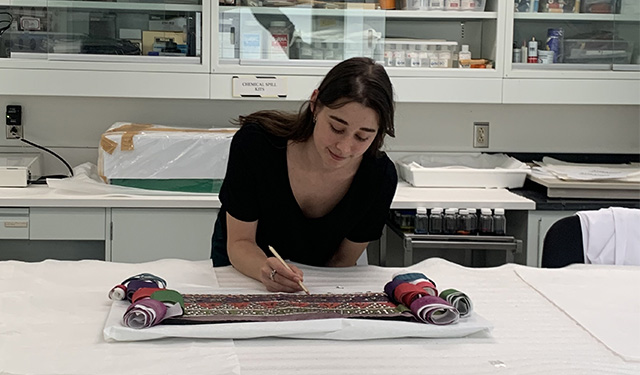
Learning Care: Thoughts from a Conservation Intern
See how treating a cradleboard wrapper involved challenging technical and ethical considerations.
Indigenous Cultures Collection
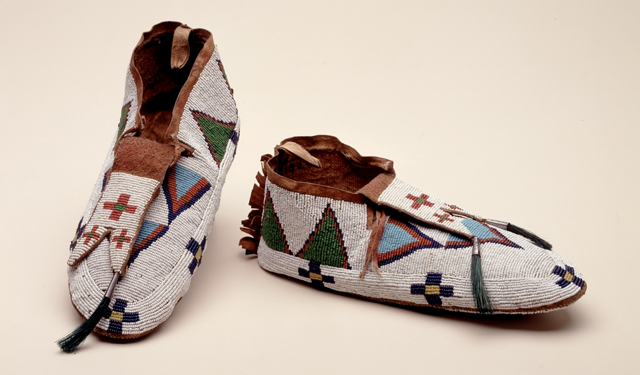
Online Collections
The Online Collections is a platform to browse and download historical content from the Museum’s collections. Over 6,000 descriptions and images related to the Indigenous Cultures collection, including objects featured in exhibition galleries, are available online.
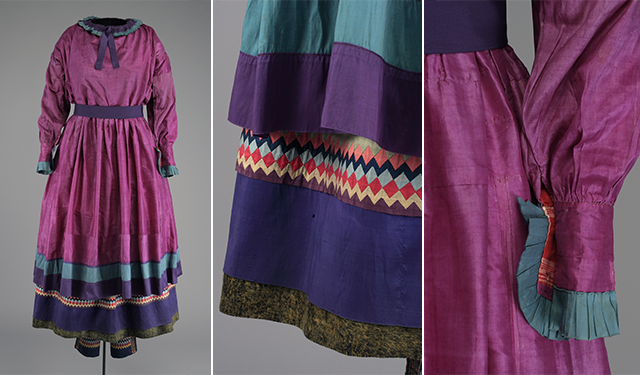
Outfit, Kanien’kehaka, 1840-1860
This silk outfit is from Kanehsatà:ke and illustrates the creativity of Haudenosaunee women in integrating aspects of mid-nineteenth-century women’s fashion with traditional dress. With its puffed sleeves and gathered waist, this dress resembles fashionable styles of the period. The leggings and straight skirt are elements of traditional Indigenous dress. The silk ribbon appliqué attests to some of the complex needlework techniques used by Haudenosaunee women. Such outfits were most certainly worn on special occasions.
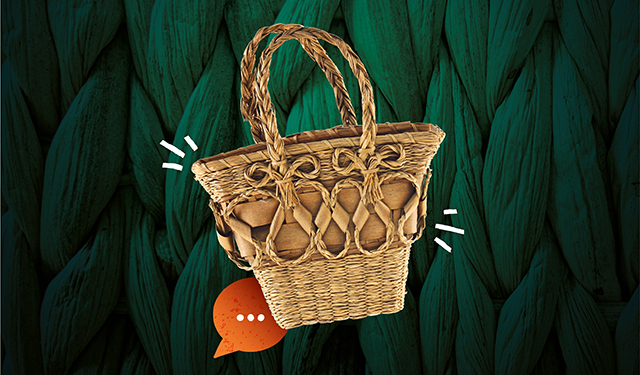
Education kits for teachers
Open the doors of your classroom to Indigenous voices with the Objects tell their stories digital education kit. The learning resource relies on an interactive and participative approach to support students as they explore different aspects of Indigenous societies and hear how community members view their thriving traditions, values and cultures.
News
24 July 2024
Celina Yellowbird named new Curatorial Assistant, Indigenous Cultures at the McCord Stewart Museum
The McCord Stewart Museum is pleased to welcome Celina Yellowbird as Curatorial Assistant, Indigenous Cultures. This new 2-year position is made possible thanks to the support of TD Bank Group, through the TD Ready Commitment program.
Read more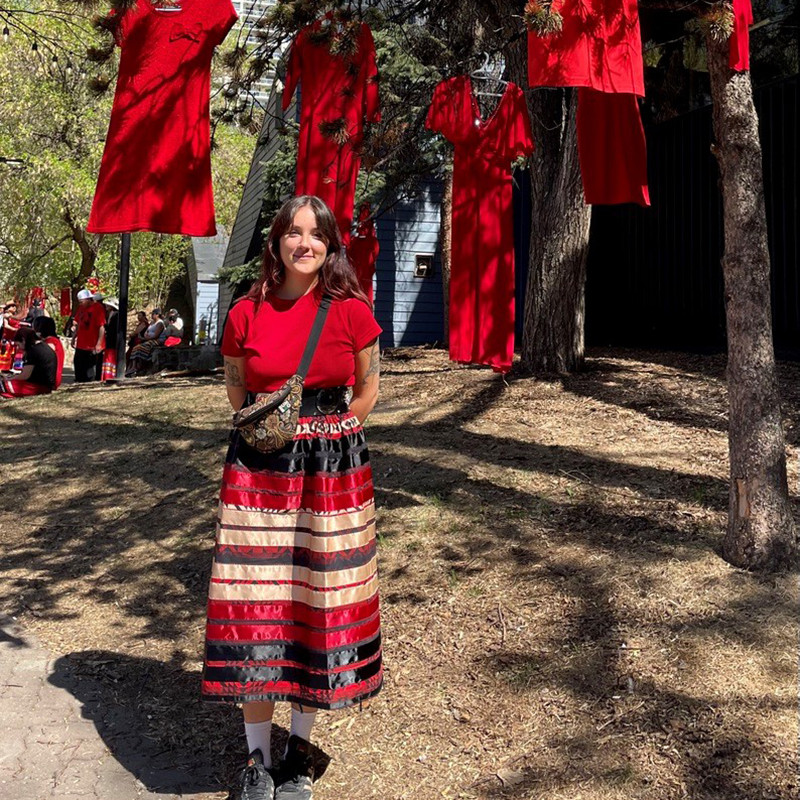
1 May 2024
Two McCord Stewart Museum exhibitions honoured at the 2024 Canadian Museums Association Awards.
The McCord Stewart Museum is pleased to announce that the exhibition Wampum: Beads of Diplomacy—developed and co-produced with the musée du quai Branly–Jacques Chirac in Paris—has been awarded the Canadian Museums Association (CMA) Outstanding Achievement Award for Social Impact. The quality of Karen Tam’s exhibition Swallowing Mountains was also recognized by the CMA jury with an honourable mention in the Exhibitions category.
Read more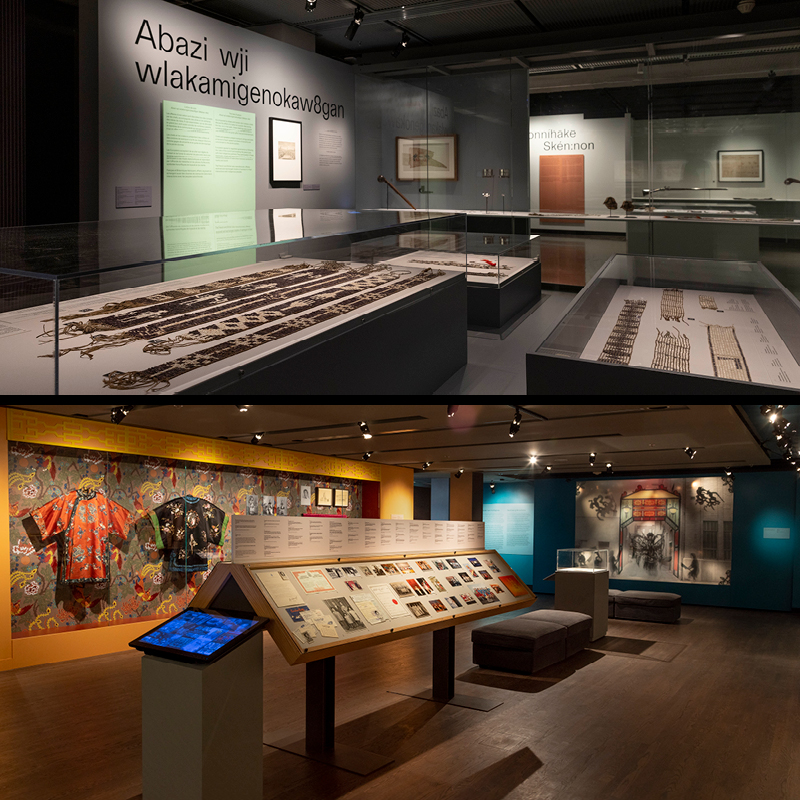
Connect with Indigenous makers
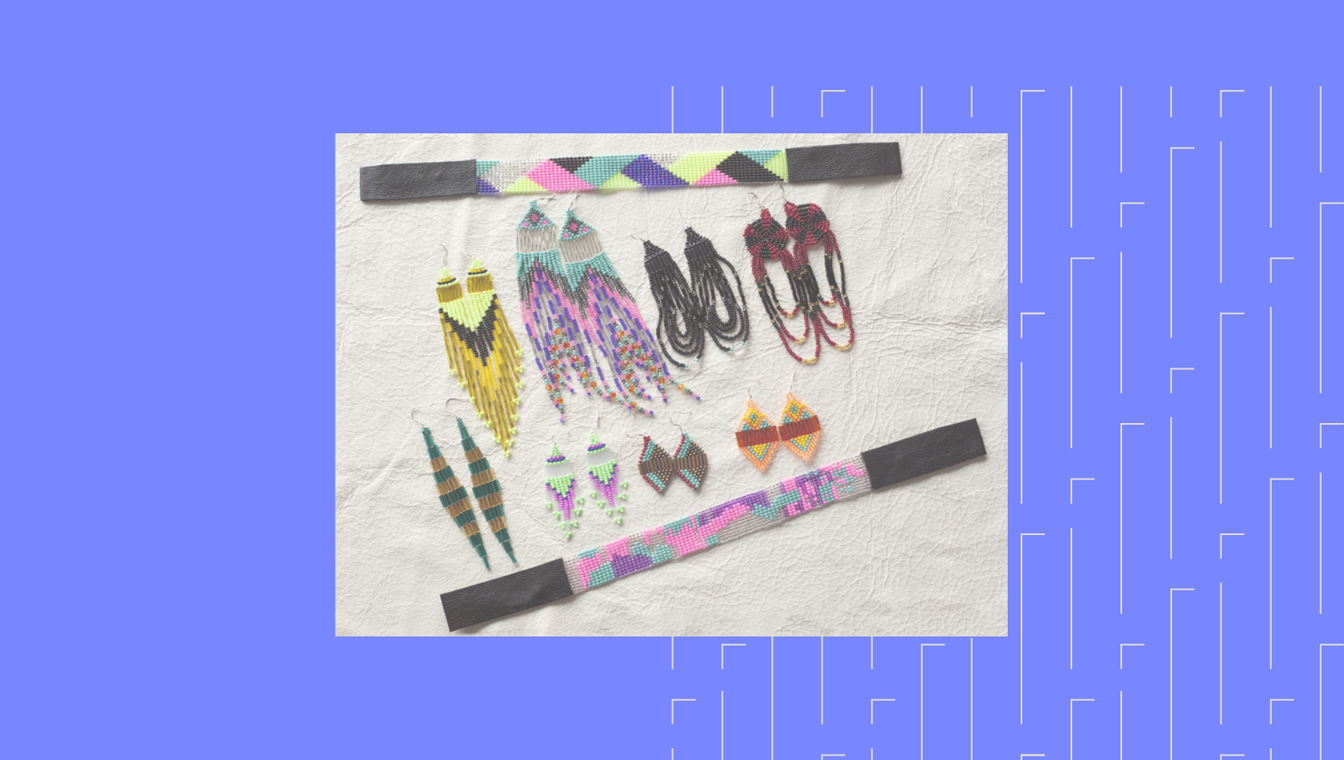
A unique reference tool created by the Museum, EncycloFashionQC features over 500 entries on who’s who in Quebec fashion, from the 19th century to today. Discover the designers, manufacturers, retailers, organizations and events that have been shaping this industry.
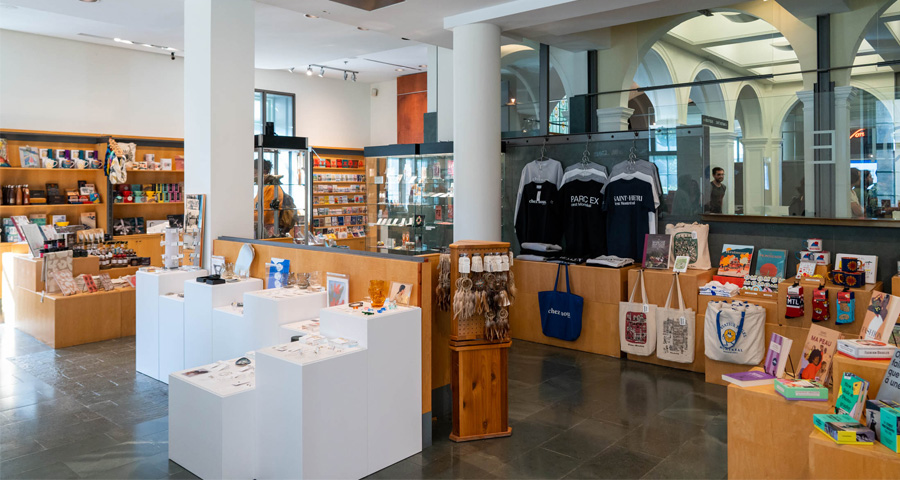
The Museum Boutique is a must for discovering and supporting Indigenous makers and artists! You will find the artwork Mother Earth's Guiding Light, created by artist Leilani Shaw, in both postcard and poster formats.
Are you an Indigenous community member?
- The Museum offers free admission to members of Indigenous communities (free access limited to the eligible individual only.). Reserve your ticket online.
- Indigenous communities seeking information about cultural objects from the Museum’s Indigenous Cultures Collection, please contact: autochtones-indigenous@mccord-stewart.ca.
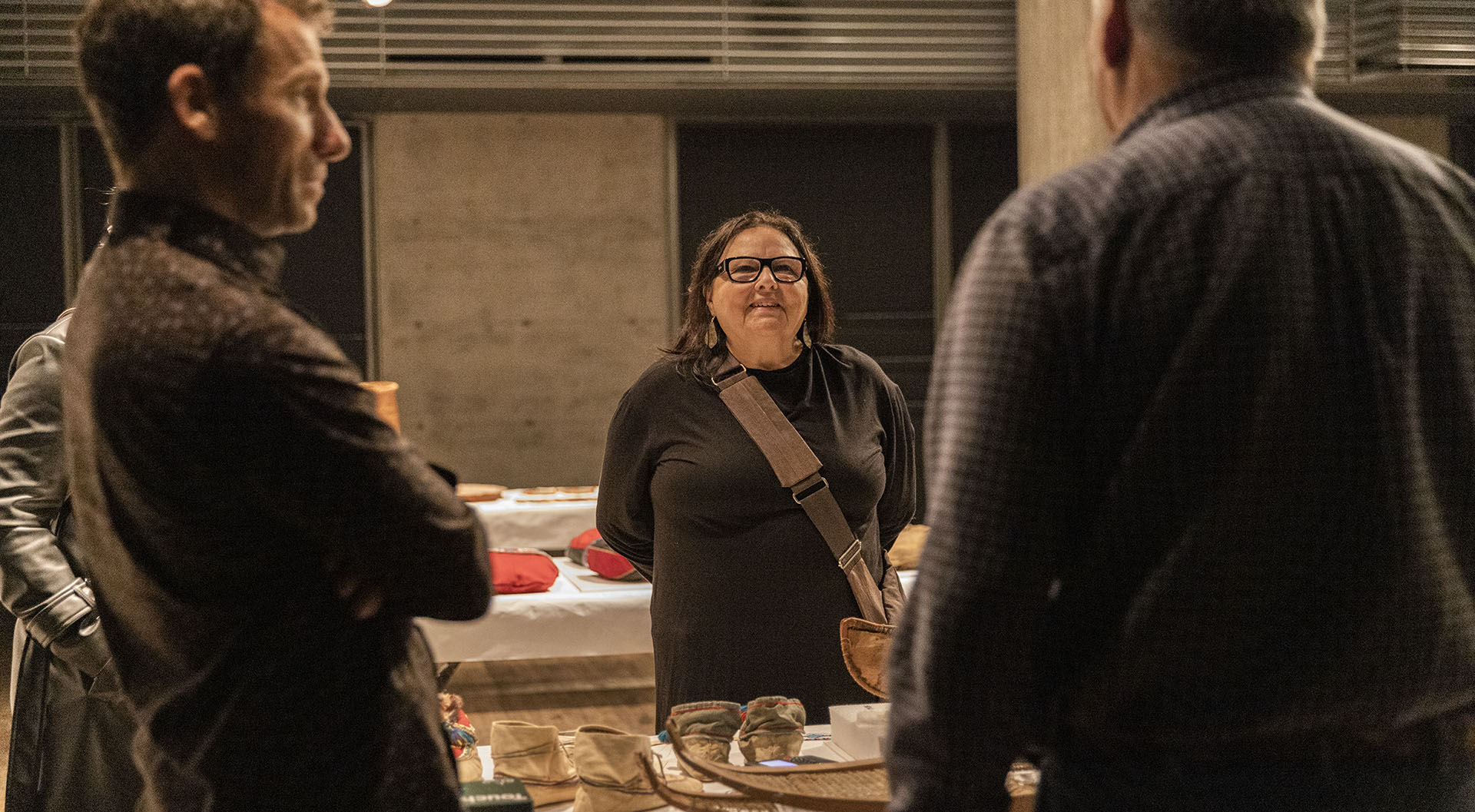
Connect and become an ally
Through the permanent exhibition Indigenous Voices of Today, as part of an effort to initiate dialogue and foster understanding, the Museum seeks to encourage a meaningful connection. Here are some suggestions and resources to guide you in your journey to becoming an ally of Indigenous nations.
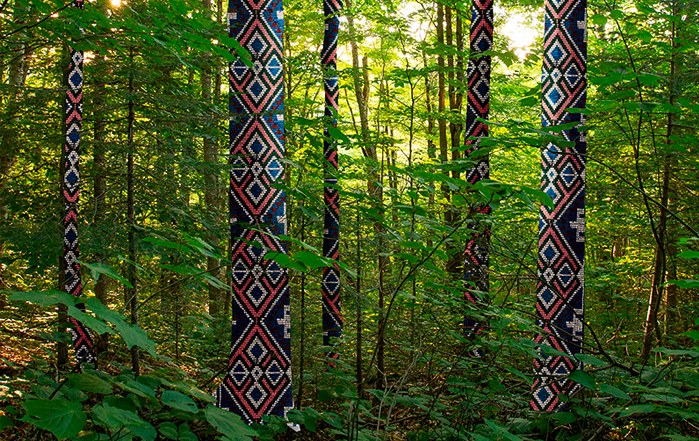
Acknowledging the land: the Museum's approach
The McCord Stewart Museum sits on land used and occupied by Indigenous peoples for millennia that has never been ceded by treaty. The Kanien’kehá:ka Nation has a profound and ongoing attachment to this territory, which it calls Tiohtiá:ke. Acknowledging that colonialism has had devastating consequences on First Peoples, the Museum recognizes its duty to help raise awareness of Indigenous cultures and to support their continued vitality.
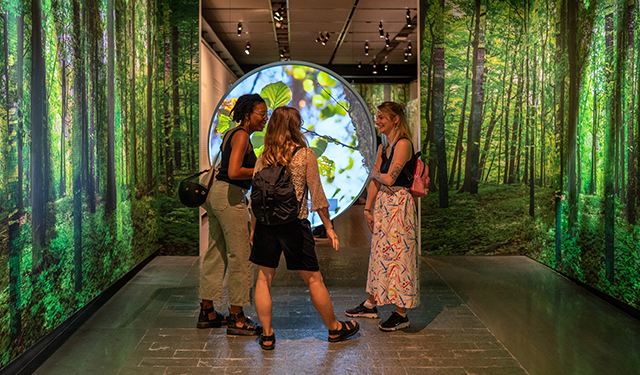
2027 Strategic Plan: Year 1
In line with its five-year strategic plan for 2022-2027, the Museum is engaged in a process of decolonization. The institution is committed to becoming an agent of change for a more just society and earning the trust of Indigenous peoples in Canada.
Find out more about the actions implemented in the 2022-23 annual report:
- Easier access to objects in the Indigenous Cultures collection for source communities
- Enhancement of Online Collections thanks to the release of all Indigenous Cultures collection recordings and the option to download royalty-free, high-resolution images for any use
- Revision and addition of over 200 Indigenous names for objects in the Indigenous Cultures collection, in accordance with the wishes expressed by Indigenous Nations
- Identification of a suitable location for ritual ceremonies
- Easier access to Museum spaces for communities, for their own needs
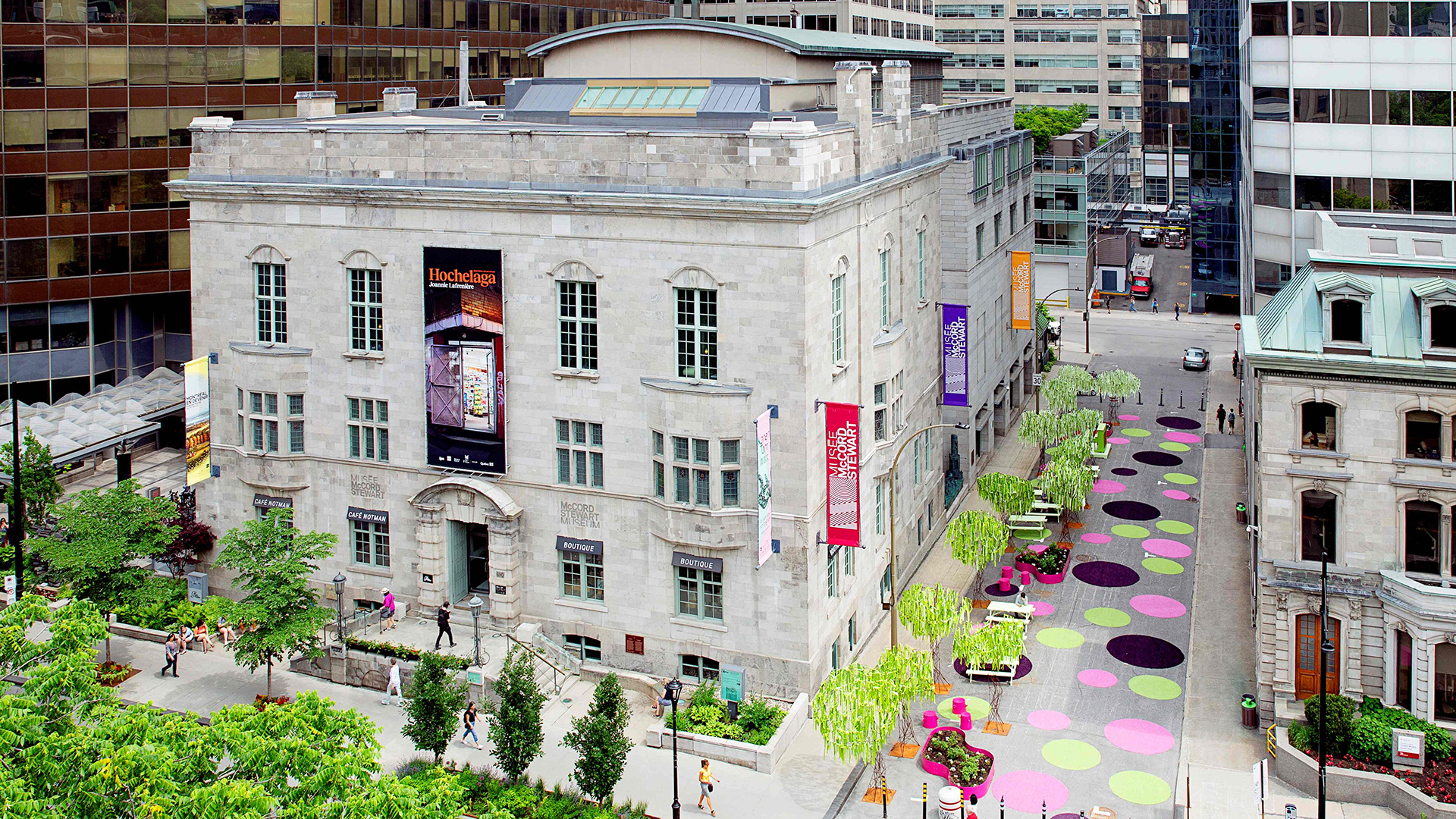
Permanent Indigenous Advisory Committee
Thank you to the members of the Indigenous Advisory Committee, who generously and graciously share their valuable insight with the Museum’s teams. The committee, which began its work in June 2021, is a platform for sharing and discussing the challenges of Indigenous museology.
The committee focuses on:
- Recommending approaches and initiatives for indigenizing the Museum
- Supporting the institution’s commitment to decolonize museological practices
- In collaboration with the Collections Management team, analyzing future requests for the repatriation of objects from the Indigenous Cultures collection
- Offering a cross-disciplinary perspective on Indigenous content in the Museum’s programming
- Bolstering its efforts to hire and retain Indigenous staff, in accordance with its diversity, equity and inclusion policy
